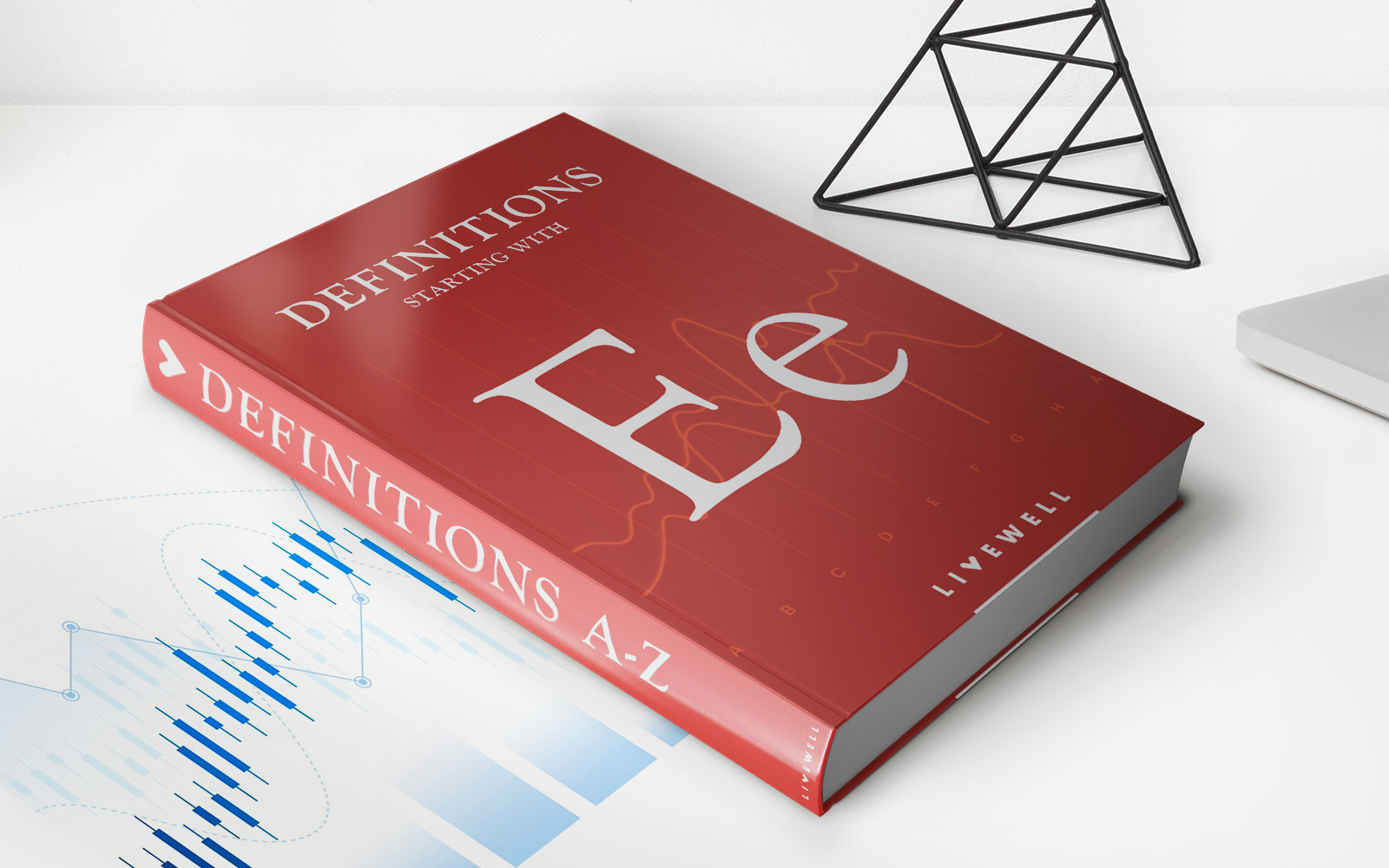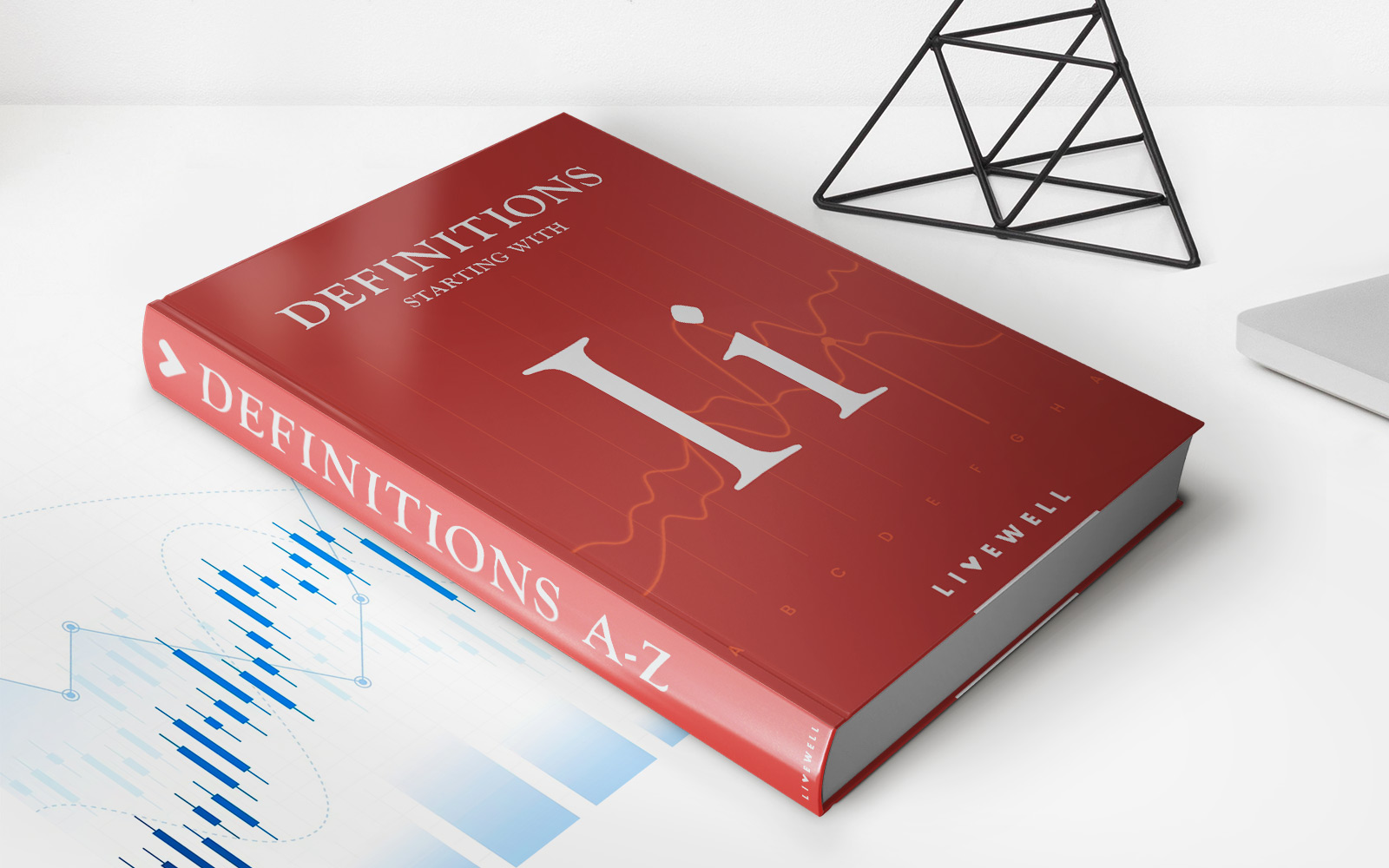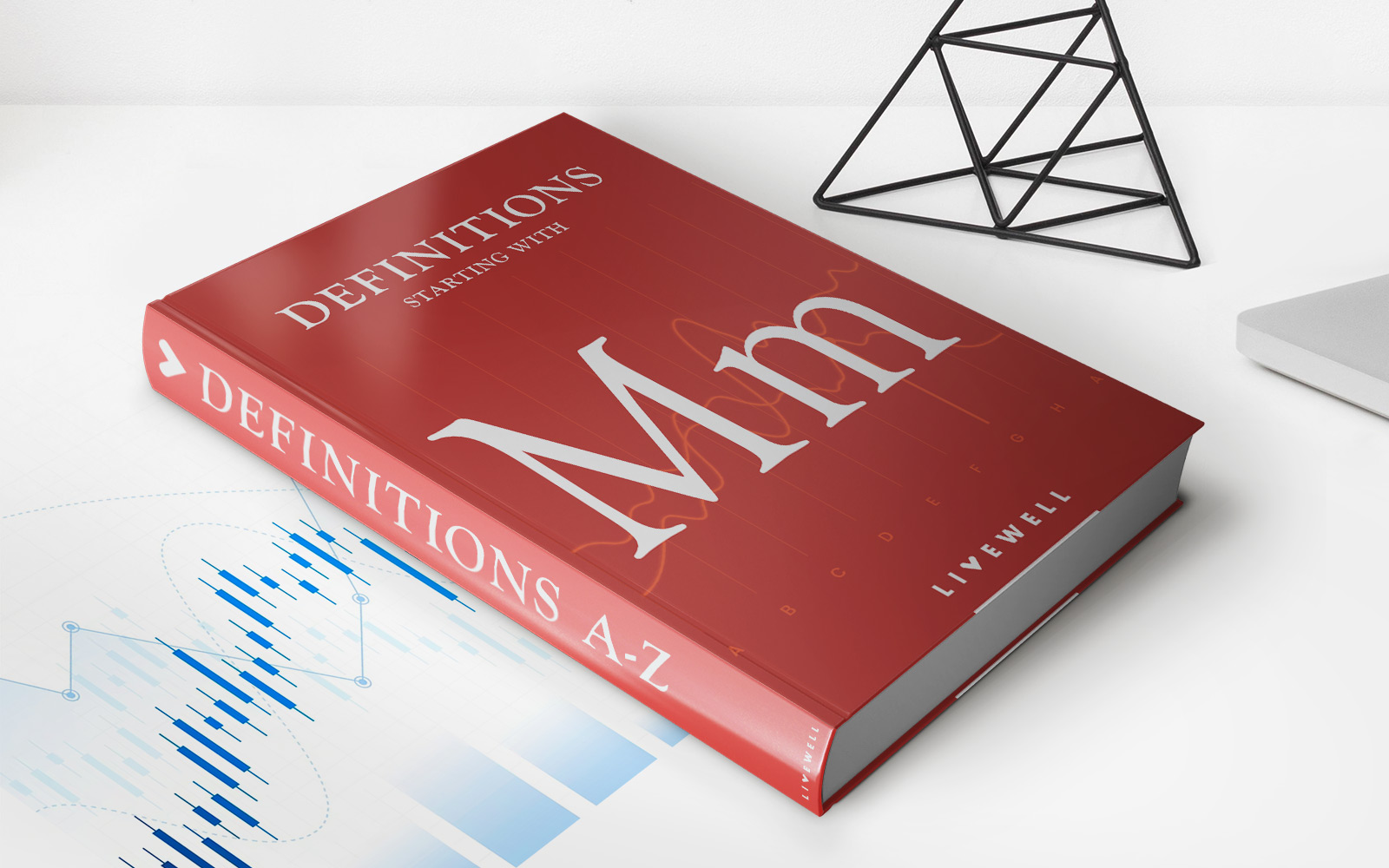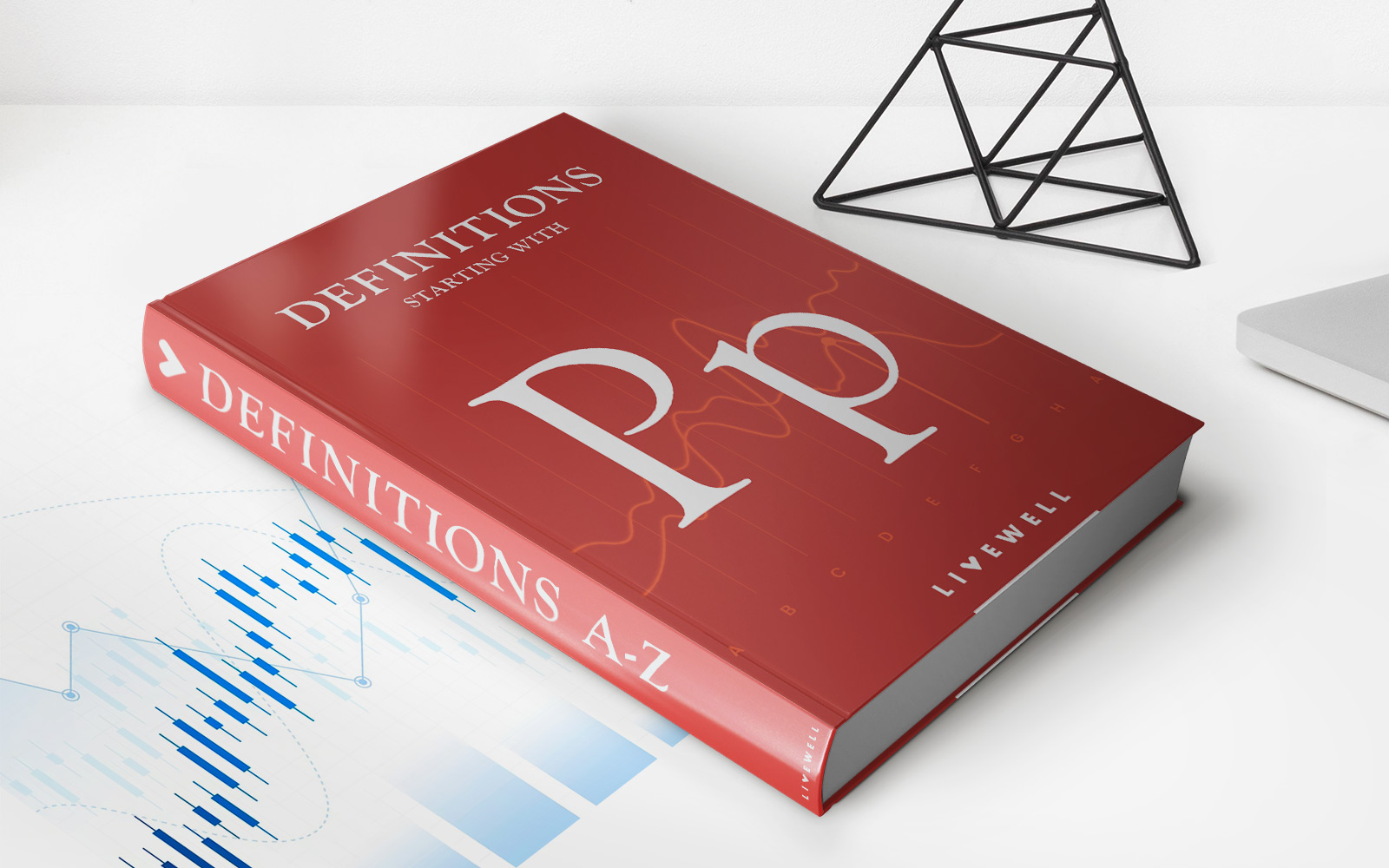Home>Finance>Thrift Institutions Advisory Council Definition
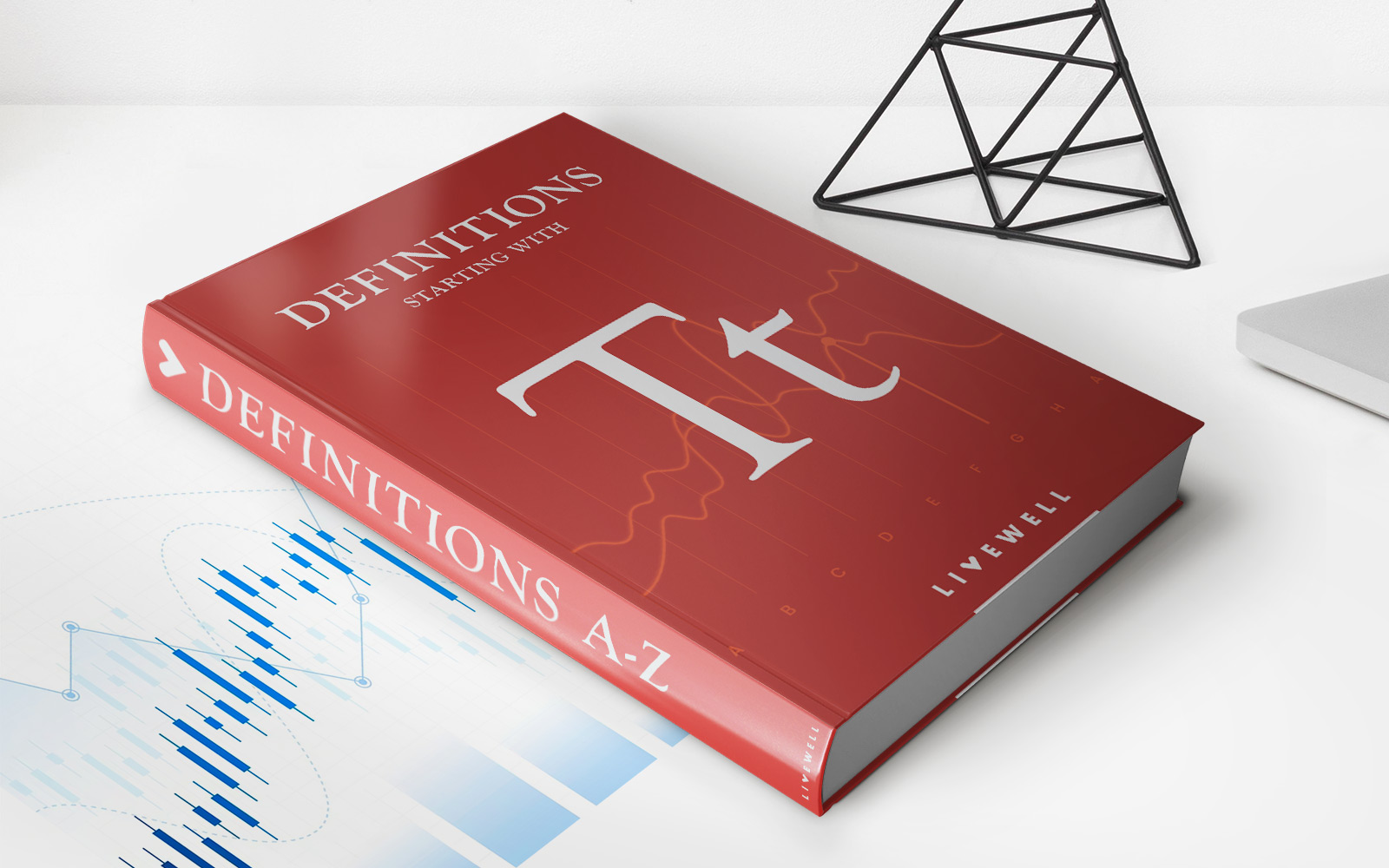

Finance
Thrift Institutions Advisory Council Definition
Published: February 8, 2024
Learn about the Thrift Institutions Advisory Council definition and its role in the finance industry. Gain insights from experts in this vital sector.
(Many of the links in this article redirect to a specific reviewed product. Your purchase of these products through affiliate links helps to generate commission for LiveWell, at no extra cost. Learn more)
The Thrift Institutions Advisory Council: Enhancing Financial Stability
Welcome to our FINANCE blog category, where we delve into the world of financial institutions and explore various terms and concepts that are essential for understanding the finance industry. In today’s post, we are going to shed light on one such term – the Thrift Institutions Advisory Council (TIAC). So, what exactly is TIAC, and why is it crucial for financial stability? Let’s find out!
Key Takeaways:
- The Thrift Institutions Advisory Council (TIAC) acts as a liaison between thrift institutions and the Federal Reserve Board.
- Its main purpose is advising the Board on the economy, lending practices, and other issues concerning thrift institutions.
As financial institutions play a vital role in the stability of the economy, it becomes essential to have effective communication and coordination between these institutions and regulatory bodies. The Thrift Institutions Advisory Council (TIAC) fulfills this important function by acting as a liaison between thrift institutions and the Federal Reserve Board.
But what exactly are thrift institutions, you might ask? Well, these institutions are financial entities that focus on accepting deposits and providing mortgages and other loan services to consumers. They are typically categorized as savings and loan associations, mutually owned savings banks, or credit unions.
The Thrift Institutions Advisory Council (TIAC) consists of 12 members who represent thrift institutions from various regions across the United States. These members are appointed by the Board of Governors of the Federal Reserve System, and their expertise and experience in the finance industry contribute to informed decision-making.
So, why is TIAC important for financial stability? The council plays a crucial role in advising the Federal Reserve Board on various matters related to thrift institutions and the economy as a whole. By sharing insights into lending practices, market trends, and potential risks, TIAC assists in formulating policies that promote the stability and soundness of the thrift industry.
The Thrift Institutions Advisory Council meetings provide a platform for open discussions and the exchange of ideas between thrift institutions and the Federal Reserve Board. These meetings offer an opportunity to discuss emerging economic challenges, regulatory changes, and issues affecting thrift institutions, such as interest rate fluctuations, housing market trends, and regulatory compliance.
Through its advisory role, TIAC contributes to the overall supervision and regulation process carried out by the Federal Reserve, ensuring that decisions are well-informed and consider the unique perspectives of thrift institutions.
In conclusion, the Thrift Institutions Advisory Council (TIAC) plays a vital role in safeguarding the stability and soundness of thrift institutions by serving as a link between these institutions and the Federal Reserve Board. Its advice aids in formulating policies that promote financial stability and allows for open communication and discussion between key stakeholders. By understanding the functions and importance of TIAC, we gain valuable insights into the mechanisms that support the resilience of our financial system.

